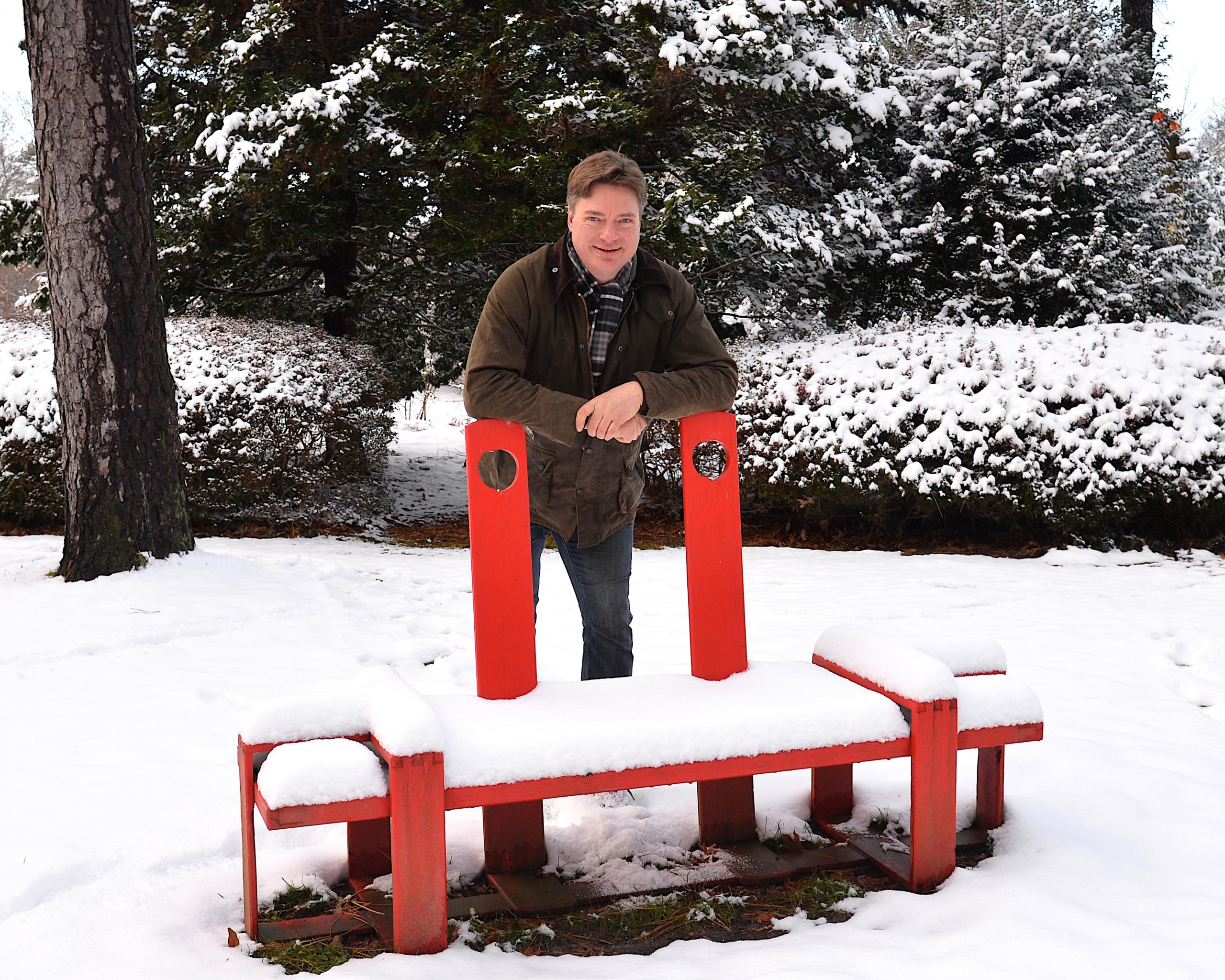
Holger Winenga, the horticulturist at LongHouse Reserve in East Hampton, says he always recommends gardeners include a variety of plantings that will provide blooms at various times of year — not just during the summer, when more South Fork houses are occupied.
“These summer houses have evolved into year-round houses, but many of the gardens haven’t,” Winenga said. “People plant things that bloom from Memorial Day to Labor Day. This year, people came out early in March.”
He’s been saying for years that homeowners will want something blooming in February or March, such as daffodils. This March, as New York State instituted social distancing measures and second-home owners flocked to the East End, his wisdom was borne out.
Winenga, who owned a nursery in Sagaponack, said he’s been hearing from former customers who are interested in starting vegetable gardens or extending the season of their flower gardens.
“Even if its a small vegetable garden, they want to grow things themselves,” he said.
He has advice for those who wish to exercise their green thumbs as they spend more time at home — whether it be their primary or second home.
A new garden or a planting hole for a new tree or shrub needs plenty of organic matter, Winenga advises. Dig 10 inches or a foot deep and observe the color of the soil and how it holds moisture. If the soil is dark or black, that indicates a high level of organic material. “You can see if it’s too sandy,” he said.
If the soil lacks in organic matter, the solution is to bring in compost. Winenga said he prefers a bulk delivery of fresh, fluffy compost. Bulk compost is more cost effective, he said, and bagged compost tends to be too moist and harder to work with. Spreading compost on existing planting beds before adding a layer of mulch is a good idea early in the season, he added.
“For new plantings, you always want to put some compost in the planting hole,” he said. Surrounded by compost, the rootball will sprout out new roots faster. That could be a shovelful or two for a new perennial plant, and a wheelbarrowfull or two for a new tree or shrub.
April into early May is usually the best time to plant trees and shrubs, before the weather gets hot and dry, he said. He prefers spring planting to fall planting because plants purchased in fall may have been dug up months earlier.
“You get fresh material that hasn’t been sitting in the yard all summer,” he said of spring planting. “You have a better chance of the plants making it than getting a 40 percent off sale, which can be a good deal, but I prefer freshly dug plant material.”
Also — even in the fall — just-transplanted evergreens will require a lot of water, and irrigation systems may be shut off at the end of summer, he added.
If a tree or shrub came in a pot, loosen up the roots that have grown in a circle around themselves, then plant. But if a tree comes with its roots balled and burlapped, keep the burlap on when placing the tree in the planting hole, he said, explaining that removing the burlap first will destroy the root ball. Once the tree is in place, the burlap can be opened and cut off or pushed down around the sides of the ball, allowing the roots to spread. The burlap at the bottom that is inaccessible can be left there. However, string or metal wire should always be removed.
For a tree to survive, the root collar must always be above ground level. Winenga said it is easier to observe the collar on a potted plant than a balled and burlapped plant. That’s why he recommends planting balled and burlapped trees “10 inches too high.”
“I’ve never planted a tree too high,” he said. “I’ve tried.”
The surface roots need oxygen, and if they are buried too deep they will die, he explained. “The tree depends on those roots in the beginning.”
A tree planted a little high won’t drown due to a drainage issue, and it will settle deeper in time.
A little compost and a thin layer of mulch to discourage weeds on top of the rootball is OK, he said.
Winenga also recommends being “generous and bold” in watering first-year plantings.
While fall-planted bulbs can color up a garden in late-winter and early-spring next year, there are plants that can go in the ground right now to be enjoyed this summer. LongHouse Reserve is trying a number of new plants this season that Winenga recommends for summer color and interest. If a local garden center doesn’t carry a certain plant, just ask, he said. The nursery may decide to carry it or place a special order.
Stachys densiflora “Humelo” pushes up sturdy spikes of lavender-rose flowers early through midsummer.
Allium “Serendipity” forms clumps of twisted short succulent leaves and produces many pale lavender flower balls. Serendipity behaves more like a perennial than a bulb.
Buddleia “Grand Cascade” gets covered with arching pale lavender flowers and does not grow as tall as the old butterfly bush varieties.
Amsonia hubrechtii “Butterscotch” displays pale blue flowers in spring and finishes the season with a uniform butterscotch-golden fall display. The unusual red stems contrast well with the fall foliage.
Nepeta “Neptune” has beautiful large deep ocean-blue flowers and blooms through the summer.
Panicum “Hot Rod” has wonderful red fall foliage and stays compact.
Pennisetum alopecuroides “Cayenne” is one of several new sterile hybrids that does not seed all over and blooms for a prolonged time
Sedum telephium “Red Cauli” has bright red flowers on an old favorite.